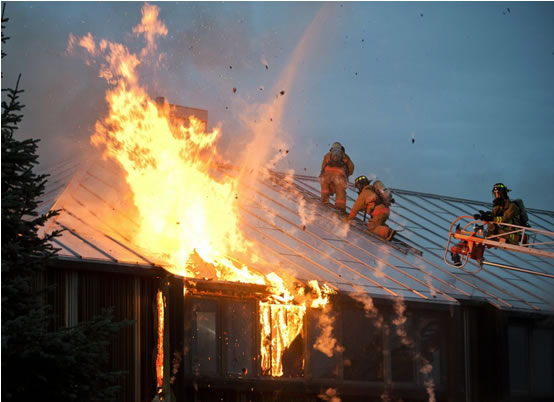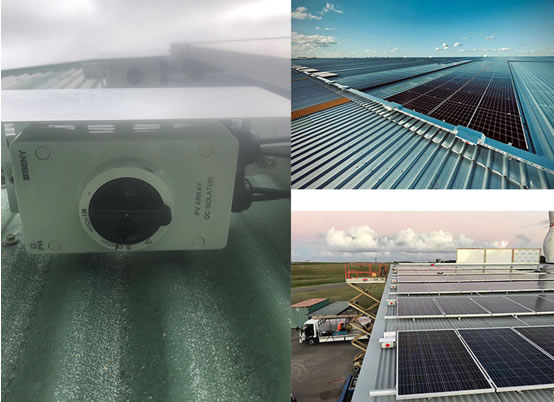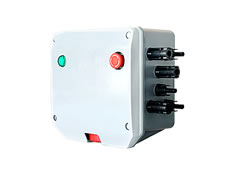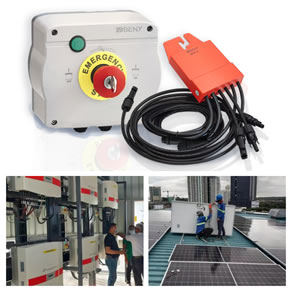Choose Right DC isolator and Rapid Shutdown Device for Solar PV Safety in Australia

The Clean Energy Regulator (the agency), conducted a review into the rooftop solar photovoltaic (PV) sector in Australia on 16 September 2021.
The review was called following unprecedented growth in the rooftop solar PV sector and a range of reports of consumer issues including defective installations, misuse of installer accreditation details, and safety and quality concerns.
There is a section “Clean Energy Regulator inspection program” mentions dc isolator:
The Regulator engages contractors to inspect a statistically significant sample of installations, generally within one year of the installation date. This represents approximately 1% of installations. Inspections are conducted to ensure that the selected systems meet all the installation requirements of the SRES and were eligible for STCs at the time the system was installed. The results are provided to state and territory electrical safety regulators and the CEC to act on any issues found during the inspection.
The Residual Risk Report23 provides analysis on 28,041 inspections for systems installed from 2010 to 2018. The overall conclusion of the report was that safety risks from electrical work associated with rooftop solar PV installations were generally at a low level and similar to what would be expected in other electrical work. The exception was a higher level of potentially unsafe installations owing to water ingress into DC isolator switches. To address this increased risk, the Residual Risk Report made 3 recommendations for states and territories to consider:
1. State and territory governments consider whether the potential safety risks from the requirement for a rooftop DC isolator outweigh the benefits and pursue this in the current review of AS/NZS 5033.
2. State and territory governments consider whether the requirement for a DC isolator near the inverter should be changed to require the isolator be inside the inverter and pursue this in the current review of AS/NZS 4777.
(We DON’T think the inverter with build-in isolator is a solution for the solar safety problem.)
As a leading manufacturer of solar DC switchgears and PV protecting solutions, we think the review would be helpful for a higher level solar rooftop safety and solar market growth.
But the solar safety is from adopting right solar products, install and use the solar components in science way via a higher safety level standard adopting.
The most of solar fires in Australia were not caused by DC isolators but potentially unsafe installations owing to water ingress into DC isolator switches and loosing wiring or low quality solar components.
That is why we encourage solar installers to use plug and play DC isolators on the rooftop to avoid the water leakage risk from opening the enclosure of DC isolator.

As you know for a solar PV system, when the sun is shining, the high voltage DC conductors in solar system will remain live and energized even when you cut off the power at home.
So we suggest the Australia solar rooftop systems to include at lease the DC isolator/isolators on rooftop which can be automatic triggered via shutdown the AC power at the meantime.

BENY Firegighter Safety Switch
To bring the Australia solar safety to a higher level, the module level rapid shutdown requirement should be adopted.
The module level rapid shutdown limits the DC high voltage on safety level and in safety boundary.

BENY Rapid Shutdown Device
A right and simple thing to be done to fix this problem in Australia is making the fire safety switch or module level rapid shutdown as a mandatory requirement for solar rooftop installation.





